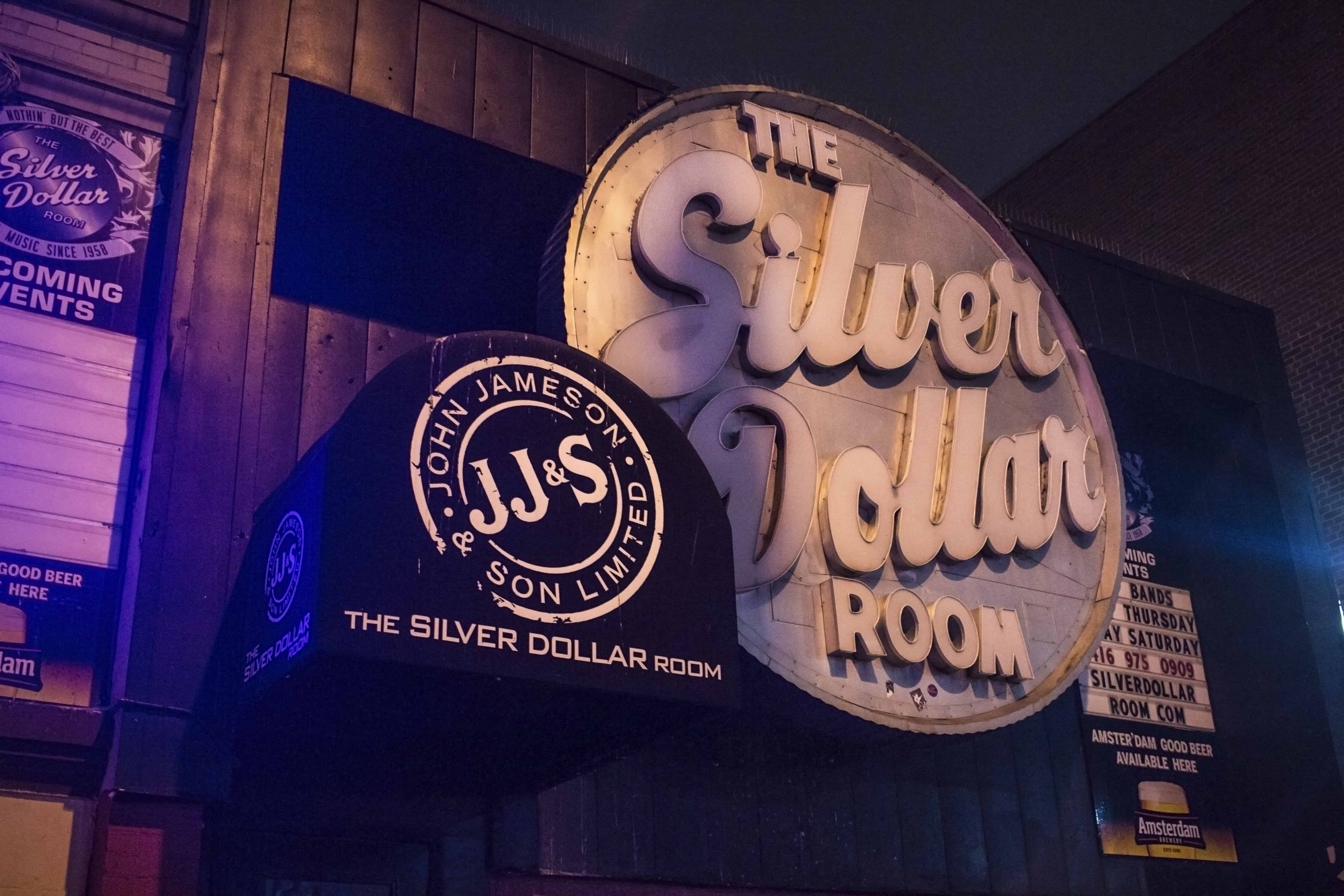It has not been a good year for Toronto’s live music lovers. Since January, the city has said goodbye to venues such as The Hoxton, Hugh’s Room, Soy Bomb HQ, and The Central. The alarming rate of closures has caused anxiety in fans and musicians alike regarding the future of Toronto’s music scene, and the city must respond to their concerns.
Toronto continues to expand outwards and upwards, showing no signs of slowing down. Property values increase while rents skyrocket. Students are well aware of the increasingly high cost of living, and fewer of them can afford to live downtown. This applies not only to students, but to young people in general, as well as Toronto’s artistic community.
People are searching for alternative, affordable housing, and the downtown core of Toronto is losing a degree of excitement.
Toronto’s music venues are scattered around its downtown core, where condominiums are rising, along with rental prices. The fewer the number of young people living downtown, the harder it becomes to get anyone into these venues, and the more difficult it becomes for these places to occupy their expensive real estate. It is clear that the forces of commercial gentrification are putting significant pressure on our local music community.
Things may seem bleak, however, many might argue these are growing pains in the natural development of a city. The population of the Greater Toronto Area is six million, and it continues to grow. While more people want to live here, the supply of houses is low, rendering condo development necessary.
However, Mayor John Tory and city councillors must remember that an abundance of visible skyscrapers does not equal a thriving city. It is the people inside these buildings that comprise a city’s culture. The ‘buy local’ movement needs an artistic equivalent: we must start getting out to support our local musicians.
Musician Jacob Switzer of the bands Goodbye Honolulu and Headspace has been performing live for seven years. Along with band mates Emmett Webb and Fox Martindale, he also founded the independent record label Fried Records.
“When I first started playing live music, I was an underage high school student… Quite limited when it came to opportunities and venues willing to allow my band to play. We also would try to find venues that allowed us to play for free, like The Central… and The Cavern,” said Switzer.
Switzer also commented on the pressure on artists and venues to draw crowds to maintain Toronto’s artistic scene.
“Everyone in the arts is competing for eyeballs… People getting out and supporting local live music is really important, and means a lot to the bands, and lets venues continue to operate and want to put on shows,” Switzer said.
“It’s unfortunate when venues close down, especially for ugly condos, but it’s just part of city development, and as long as people support live music, venues will continue opening. It just sucks to lose all that history,” he added.
Recently there has been speculation surrounding the closure of cultural landmark The Silver Dollar Room. After a string of venue closures, the announcement of the Silver Dollar’s impending shutdown seemed to awaken protests, and city hall was soon called upon to address the closures.
A joint message from Tory and Councillor Josh Colle, the Chair of the Toronto Music Advisory Council, described their concern and shared disappointment in the city’s dwindling supply of live music venues.
In early February, it was announced that although the Silver Dollar will be closing temporarily for development of a neighbouring student residence, it will indeed reopen once construction is over. This is good news for local music fans, given the venue’s historic cultural significance, as well as its iconic signage that alone is worth preserving.
Toronto is a growing city, and rents can be expected to continue to rise, contributing to increased pressure on the local music scene. However, people can also take action to support our local artists, and demand that the city attempts to as well.


